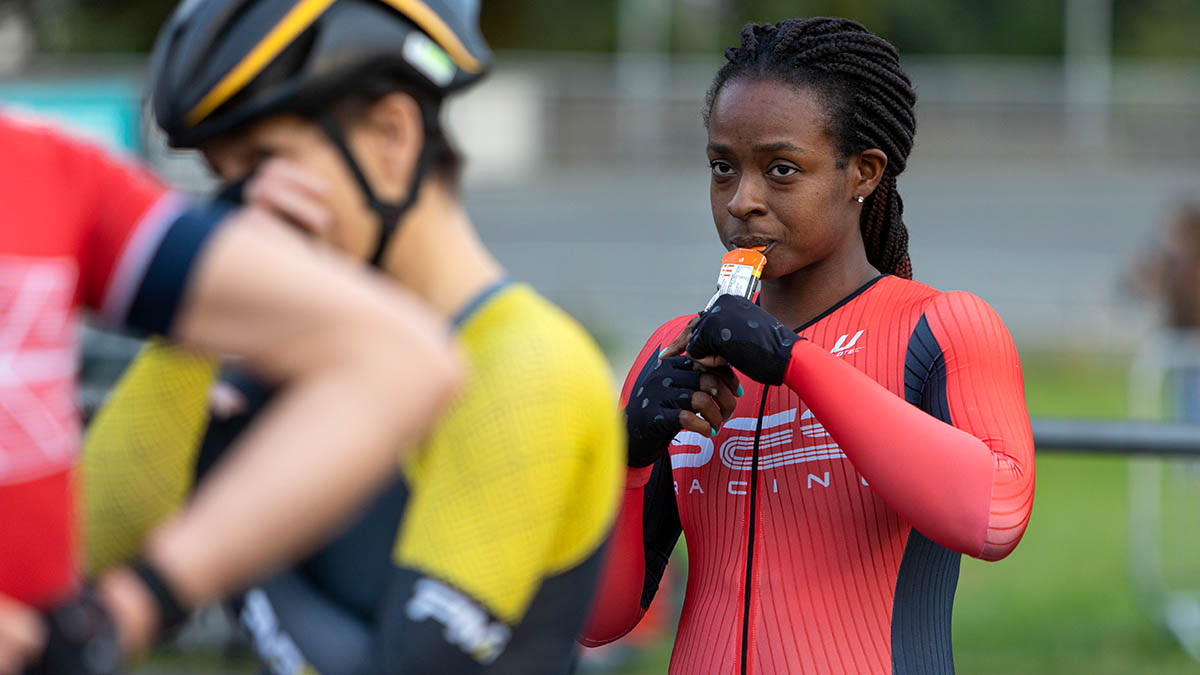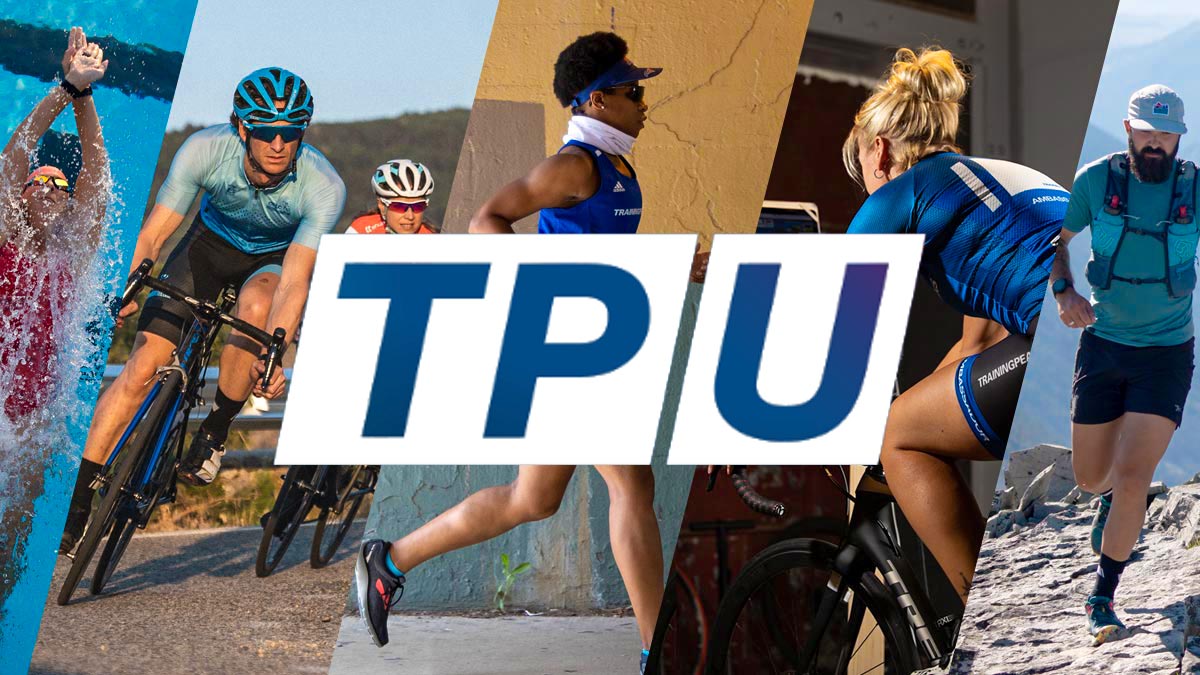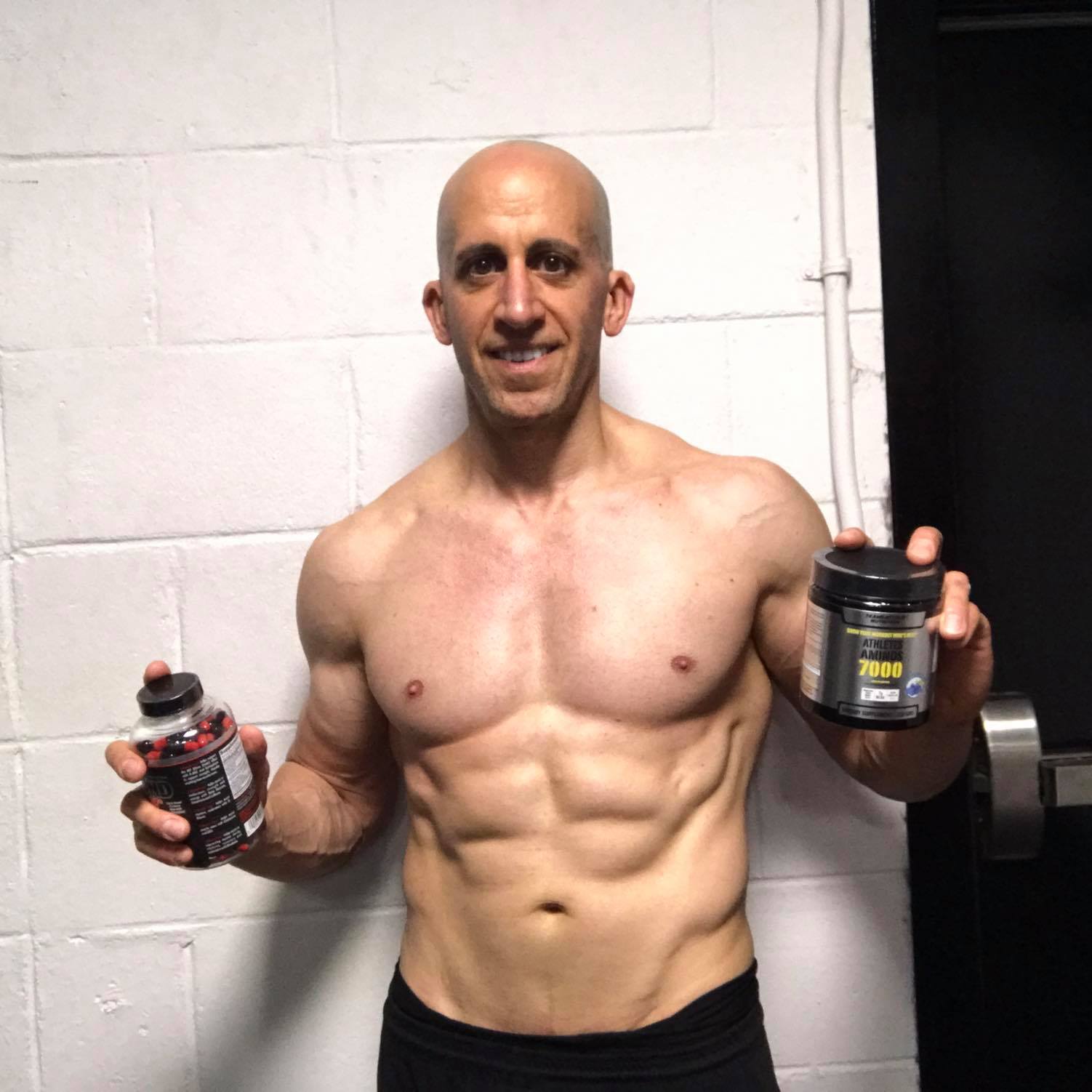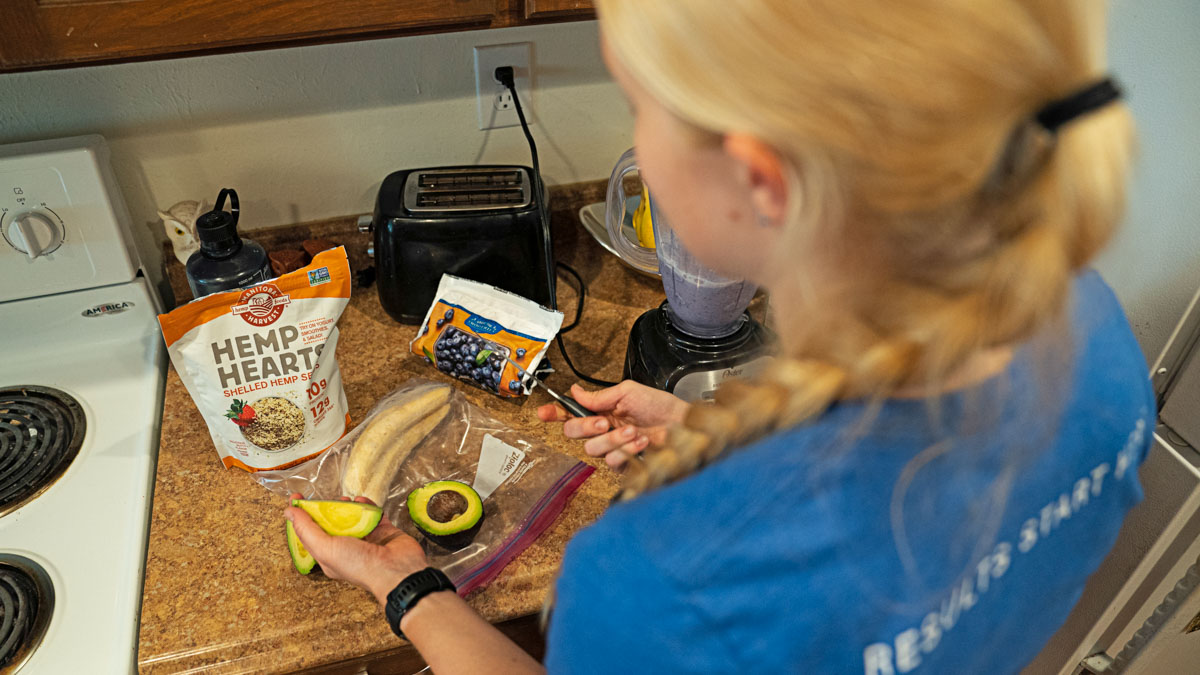Over the past few years, fasted training has become increasingly popular, with proponents claiming it makes energy metabolism more efficient, encourages athletes to utilize fat as fuel and so on. But even if these adaptations occur, could fasting actually improve your clients’ outcomes, or will it hinder their performance? And if fasted training is effective, which kinds of sessions is it best suited to? We’ll attempt to answer these questions in this article.
Fasting and Fat Oxidation
One of the purported benefits of fasted workouts is that they encourage your athletes to use fat for energy. This is partly because they’re not topping up with carbs beforehand, which might deplete blood glucose and glycogen stores more quickly. A study conducted by researchers from Loughborough, Nottingham Trent, and Manchester Metropolitan universities in the UK asked two groups of cyclists to perform a 30-minute cycling session at around 60% of their VO2 max and a 15-minute time trial at 6:30 p.m. Both groups had eaten breakfast at 8:30 a.m. and lunch at 11:30 a.m., with the fed athletes adding an early dinner at 4:30 p.m.
The researchers found that compared to the fed group, the fasted athletes increased their fat oxidation while reducing their usage of carbs. While this lends credence to the so-called “fat adaptation theory,” there were also some downsides. First, the fasted cyclists’ performance was an average of 3.8% worse than their fed counterparts. Second, they self-reported lower energy, motivation, and readiness levels before the trial began.[i] This suggests that although fasted endurance training does indeed encourage the use of fat as fuel, for this kind of session, it can lead to worse objective outcomes and might also have negative psychological consequences – even if these were merely due to the athletes expecting to train poorly because they hadn’t eaten for seven hours.
Going Fast Versus Going Long
The impact of fasting on energy metabolism might be at the root of why it seems to prompt different results for varying types of training. In some instances, this is even evident within the same study. For example, a team of Canadian exercise scientists asked 10 cyclists to fast overnight before a sprint interval session, during which they consumed only water, while another 10 ate breakfast and then drank a carb-rich drink throughout the trial. The fasted cyclists had lower peak power output (PPO) and total mechanical work (TMW) scores than those that fueled but displayed increased endurance. This led to the authors suggesting that fasting “compromises exercise intensity and volume but still can have a greater impact on the ability to sustain high-intensity aerobic endurance.”[ii]
They didn’t speculate on why this might be, but it seems logical to suggest that eating breakfast and refueling mid-trial provided the non-fasted group with carbs that their bodies utilized as fast-acting fuel to go faster and accumulate more total work. Whereas the fasted participants had to tap into their fat stores, which didn’t provide the same kind of ready energy but did sustain them over the long haul. The body can retain far more energy as fat compared to its highly limited storage of carbs, so perhaps it is better suited to longer, lower-paced activities than during fast sprints, resistance training or higher-paced, medium-duration efforts in which glucose is the preferred fuel.
The Health & Performance Impact of Intermittent Fasting
The other studies previously mentioned in this article focused on trials of how acute fasting impacts single training sessions. But what about the impact of regular intermittent fasting on overall athlete output and well-being? A review of the existing literature by Drexel University College of Medicine researchers didn’t comment on the health impact. Still, it stated that “Looking at high-intensity, endurance and resistance exercises, studies have been varied but are uniform in showing that there is no benefit to athletic performance while fasting.”[iii]
And in fact, intermittent fasting might compromise results in some cases. A study at the University of Malaya’s Sports Center in Kuala Lumpur, Malaysia, investigated how 10 days of intermittent fasting would impact both anaerobic and prolonged high-intensity time-to-exhaustion cycling tests. They found that the fasting group reached exhaustion earlier and had reduced power output compared to the non-fasted participants. To mitigate the negative impact on performance, the researchers recommended that athletes should pursue intermittent fasting for 10 days before attempting strenuous training so that they have time to adapt.[iv]
Another paper published in Medicine & Science in Sports & Exercise compared 10 athletes who ate a standard diet consisting of three daily meals for a year with the same number who followed a time-restricted eating protocol that limited food consumption to an eight-hour daily window (aka 16:8). The researchers found that on the plus side, the fasting group had decreased levels of three inflammatory markers (interleukin 6, interleukin 1β, and tumor necrosis factor α), improved their insulin sensitivity and had better lipid profiles (total cholesterol, HDL and LDL). They altered their body composition by reducing fat mass.
The intermittent fasters also experienced some downsides compared to those who followed a regular eating pattern. They had less insulin-like growth factor and testosterone, lower body mass, and didn’t put on muscle like their peers in the other group. The authors concluded that “long-term TRE combined with a resistance training program is feasible, safe, and effective in reducing inflammatory markers and risk factors related to cardiovascular and metabolic diseases.”[v] But they didn’t either endorse or condemn such an approach from a performance perspective.
Balancing Performance with Overall Well-being
The plus versus minus findings of studies investigating how fasting affects training performance and athlete health indicate a truth about fasted training: it can’t be definitively labeled as “good” or “bad” because it depends on what kind of outcomes an athlete is seeking. Fasting seems to impact long-term vitality positively and reduces the risk factors for some metabolic diseases. However, it could compromise performance in specific sessions and make it difficult for your clients to build fat-free mass. If an athlete regularly fasts, they might also get stuck in an energy deficit if they don’t consume adequate calories during their eating window.
In The 17 Hour Fast, my co-author Dr. Frank Merritt stated that fasting is an effective way to train the liver and pancreas to tap into energy pathways that aren’t dependent on the constant carb top-ups that many endurance athletes get used to. But he advised a gradual, minimum effective dose approach centered on a weekly fast bookended by smaller meals rather than daily intermittent fasting or acute pre-training fasts.[vi] This way, an athlete can reap the health benefits of fasting without negatively impacting their performance.
In summary, the jury is still out on fasted training. If a client is going to be doing a workout that’s low intensity, such as a tempo run at a steady clip or a recovery ride, they will probably be fine to fast. However, if their program calls for a high-intensity session – such as intervals, hill work or sprints – or a longer one requiring them to maintain race pace, then their performance will likely be better if they fuel before it. Longer, slower sessions in Zones 1 and 2 should allow experienced fasters to tap into fat metabolism for longer-lasting fuel. Still, first-timers might experience an energy crash, particularly if they’re used to combining pre-training fueling with sports drinks or gels during their workouts.
References
[i] Tommy Slater et al., “Fasting Before Evening Exercise Reduces Net Energy Intake and Increases Fat Oxidation, but Impairs Performance in Healthy Males and Females,” International Journal of Sport Nutrition and Exercise Metabolism, September 2022, available online at https://pubmed.ncbi.nlm.nih.gov/36170970.
[ii] Tasuku Terada et al., “Overnight Fasting Compromises Exercise Intensity and Volume During Sprint Interval Training but Improves High-Intensity Aerobic Endurance,” The Journal of Sports Medicine and Physical Fitness, March 2019, available online at https://pubmed.ncbi.nlm.nih.gov/29619796.
[iii] Emily Levy and Thomas Chu, “Intermittent Fasting and Its Effects on Athletic Performance: A Review,” Current Sports Medicine Reports, July 2019, available online at https://pubmed.ncbi.nlm.nih.gov/31283627.
[iv] Mohamed Nashrudin Bin Naharudin and Ashril Yusof, “The Effect of 10 Days of Intermittent Fasting on Wingate Anaerobic Power and Prolonged High-Intensity Time-to-Exhaustion Cycling Performance,” European Journal of Sport Science, June 2018, available online at https://pubmed.ncbi.nlm.nih.gov/29485326.
[v] Tatiana Moro et al., “Twelve Months of Time-restricted Eating and Resistance Training Improves Inflammatory Markers and Cardiometabolic Risk Factors,” Medicine & Science in Sports & Exercise, December 2021, available online at https://journals.lww.com/acsm-msse/Fulltext/2021/12000/Twelve_Months_of_Time_restricted_Eating_and.13.aspx.
[vi] Dr. Frank Merritt and Phil White, The 17 Hour Fast: Reset Your Eating to Revitalize Your Life (Panama City Beach, VitalityPro, 2018).









